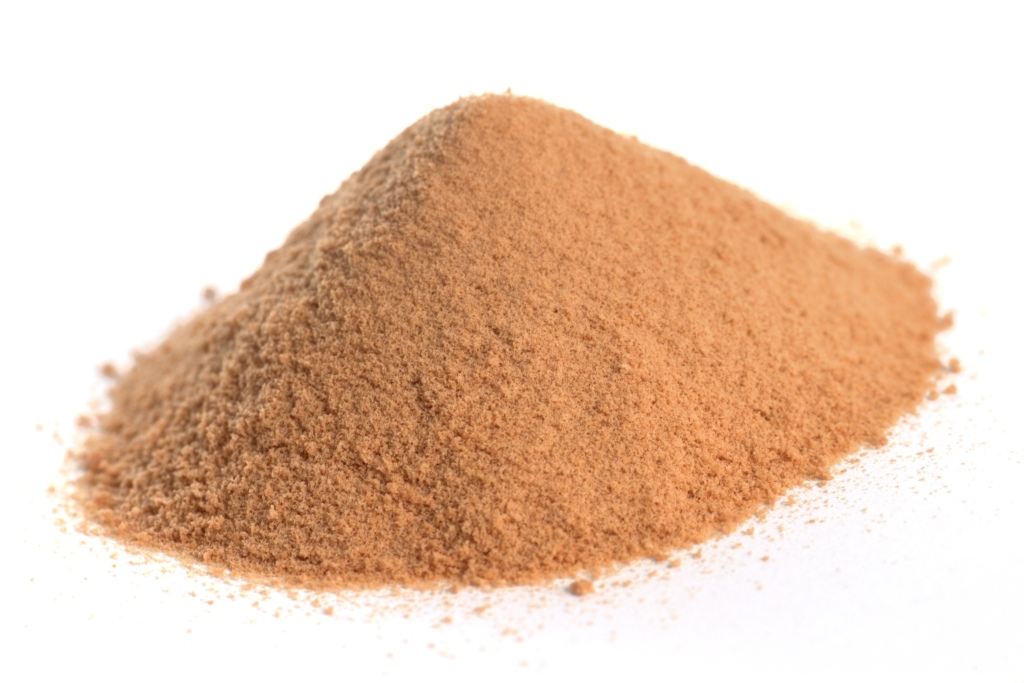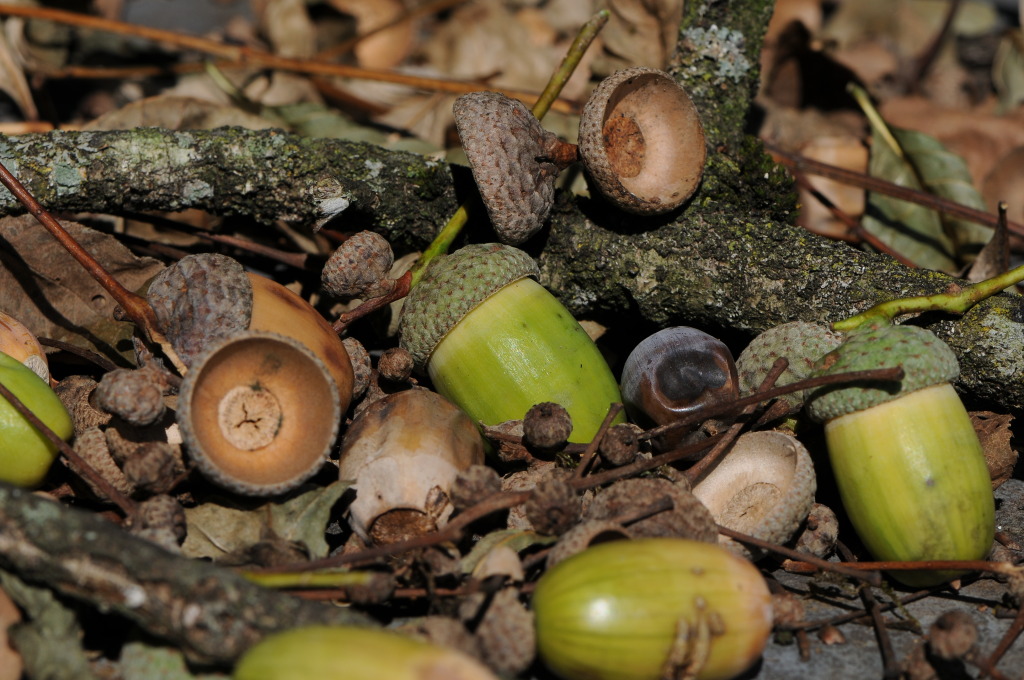Tannic Acid to Harden Blisters and Calluses

Tannic Acid Natural History and Blister Care
Hikers and rowers share a common affliction, namely blisters. As a rower on an 8 person crew I have to contend with blisters all the time. They can form while using rowing machines or while using oars on the water (it's a mark of pride to compare cheese-grater like hands). Hikers often get blisters on their feet from ill fitting shoes and socks (first thing to do is make sure you never we new hiking shoes long distances and get good socks, yes, pay $15 for a good pair of wicking socks). I've had people complain of blisters from riding horses, high heels, and more. One of the solutions I use, which I want to share with you, is the use of natural plant tannins or tanic acid.
I'm not going to go into the whole nine yards of whether or not to pop a blister (bad idea) or how to clean them. For that information you can check out Web MD. This post is about toughening up the skin that covers an existing blister or toughening up skin from a blister that has already drained. The end goal is to help form calluses that can protect your hands and feet. A callus is nothing more than hardened skin, or soft tissue, in an area that has been subjected to friction.

WHAT IS TANNIC ACID?
Tannins, or tanic acid, are compounds found in the roots, leaves, bark, and woody fiber of plants. When reduced and dried they can be light tan to yellow-tan color. Tannic acid is acidic as the name suggests, and astringent in taste. Think of the bitterness of black tea, or red wine that has been aged in oak barrels (oak has a lot of tannins). Tannic acid is used to "clear" red wine, and acts on the proteins of wine to form solids/sediments that can be filtered out. Tannins are also found coffee, beer, and cranberries, this is why they are bitter. And the astringent tannins in witch hazel are often used for facial cleansers too.

There are two types of tannic acid (Proanthocyanidins [PA] and hydrolyzable tannins [HA]). You don't have to be a chemist to understand all this, just know that most plants have proanthocyanidins, which are considered non-toxic, because they are not absorbed in the guts of animals. The PA are most commonly found in legumes, cereals, fruits, and juices, as well as many nut fruits. They are thought to protect against cardiovascular disease and prevent cancer (research is still ongoing). This is part of why you're encouraged to eat legumes, for their tannins. Tannic acid has antibactieral and enzymatic astringent properties too. It can be used to treat wounds, ulcers, and toothaches. Just realize that it's an acid, and if you're not careful it can sting!
TANNINS, GERMANS, AND SQUIRRELS OH MY!
Plants use the astringent/bitter properties of tannic acid to defend from predators, or plant eaters that may be inclined to munch on them. Ever bite into an unripe persimmon? It will have you puckering from tannins for hours (this used to be a cruel and fun joke when we were kids).

Tannic acid is especially high in tree species like oaks. The word tannin comes from the the Latin of tannare which is a derivitaive of tannum, this is etomologically related to the German term for the bark of oaks and fir trees. The word Tannenbaum is the term for fir tree in German.
One way you can see tannins in action is in the fall. Oak trees often turn yellowish, brown and orange because of the tannic acids in their leaves.

If you examine the acorns from oak trees you will find that they also contain tannic acid (this varies in amount by species, with red oaks having the highest levels and white oaks the least). These are quite bitter, and humans can't eat acorns without first leeching out the tannic acid from them.

In an acorn, the amount of tannic acid increases the farther down the acorn you go towards the cap of the acorn. High tannin levels are thought to deter squirrels and those that would consume the nuts directly. This is because tannins interfere with the metabolization in animals especially grazers like cows and horses. These tannins aren't metabolized by their gut microbes, and they can also cause gut lesions. Many squirrels prefer not to eat acorns right away, they bury their nuts first, and let them sit in the ground a while, so rain can soak over them and leech out the tannic acids (Yes, this is in part why squirrels bury their nuts). Jays and acorn woodpeckers also the the same, caching their acorns and letting the tannic acid leech out over time, and making the acorns edible.

TANNING LEATHER, AND HUMAN SKIN, TO FORM CALLUSES
Now, let's get down to how this tannic acid can help humans. Tanning animal hide is the process of treating skin to make it durable and to prevent decomposition. Tanning leather alters the protein structure of the animal skin, and collagen fibers, which makes it less water-soluble and more resistant to bacterial decomposition. The same can be true for human skin. Tannins can be used to tighten pores and draw water out of skin. They are also astringents and antibacterial. If you have unpopped blisters, or skin from drained blisters, you can use a mild solution of tannic acid to harden the top skin, draw the moisture out from the blister/skin, and provide antibacterial protection from infection.

So where do you get tannic acid? As mentioned earlier, it can be found in coffee, cranberry juice, wine, tea, oak bark, acorns, etc. If you want to make a hand/food soak, a mild solution is best, about 10% of tannic acid to about 90% water. To achieve this you can prepare a a bowl with plain old tea bags. It depends on how much water you use, but you can gauge the soak-time of the tea by the color of the water. You want a medium to light tan color, about what you'd drink. For me, I go straight for wet tea bags applied directly onto the entire row of blisters on my hands. But, this may be too strong (and sting) for those with sensitive skin. Remember, tannic acid is an acid!
The tannic acid from these treatments may cause discoloration of your skin (usually a light tan or brown), so don't be surprised if your calluses are slightly off-color. You'll look tougher and like you've really earned those stripes! Be sure that you use old towels or bowls to make a tannic acid treatment. Tannic acid can stain counters, clothing, and white bowls, so be careful about where you mix it and what surfaces they might drip on.
Another note, DO NOT USE TEA WITH ANY SPICES OR OTHER INGREDIENTS. I learned this this hard way. I ran out of regular tea bags, so I applied "sweet and spicy" tea bags, which were black tea. Unfortunately, the cinnamon and ginger went straight through my skin and felt like hot sauce poured on open wounds. It burned for HOURS! Stay away from this issue and only use straight cut regular tea, like Lipton. Wisdom---gained by painful experience--comes with age and experimentation. Trust me on this one!
Tannic acid is an amazing plant defense, with wonderful benefits for humans. It's easily found and easy to work with, proving again that Nature has a cure for anything we can get into if we just know where to look!

